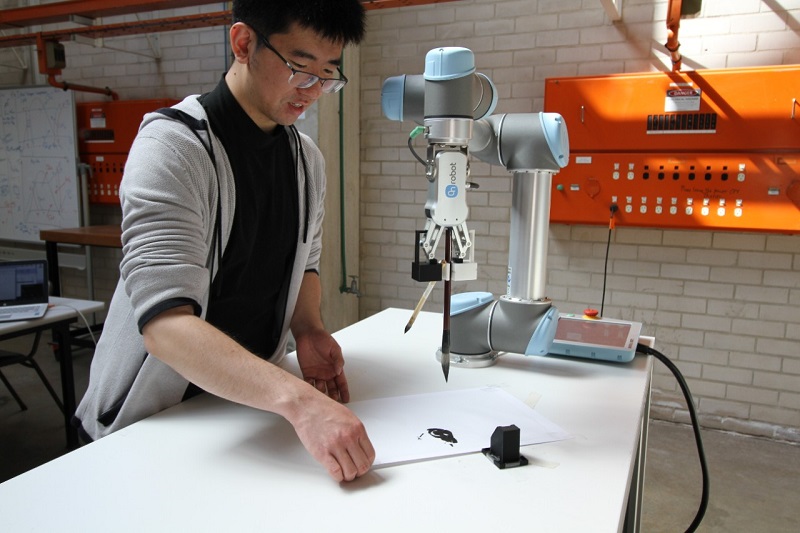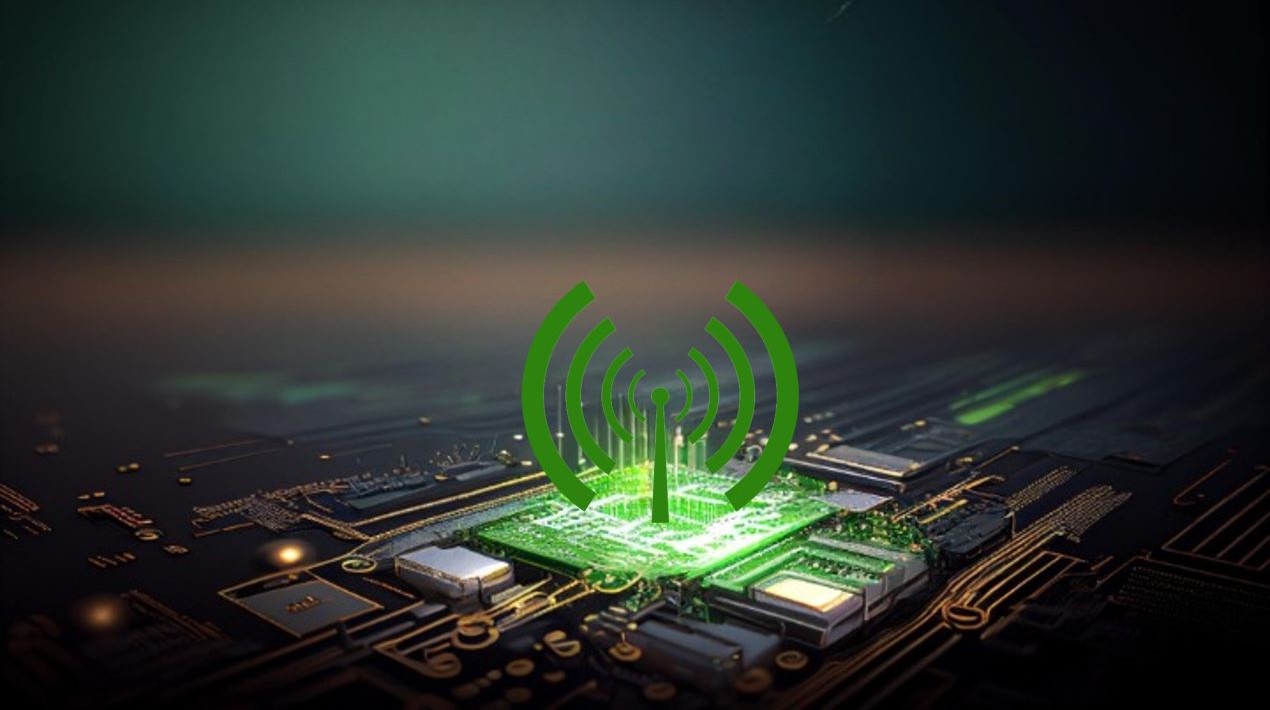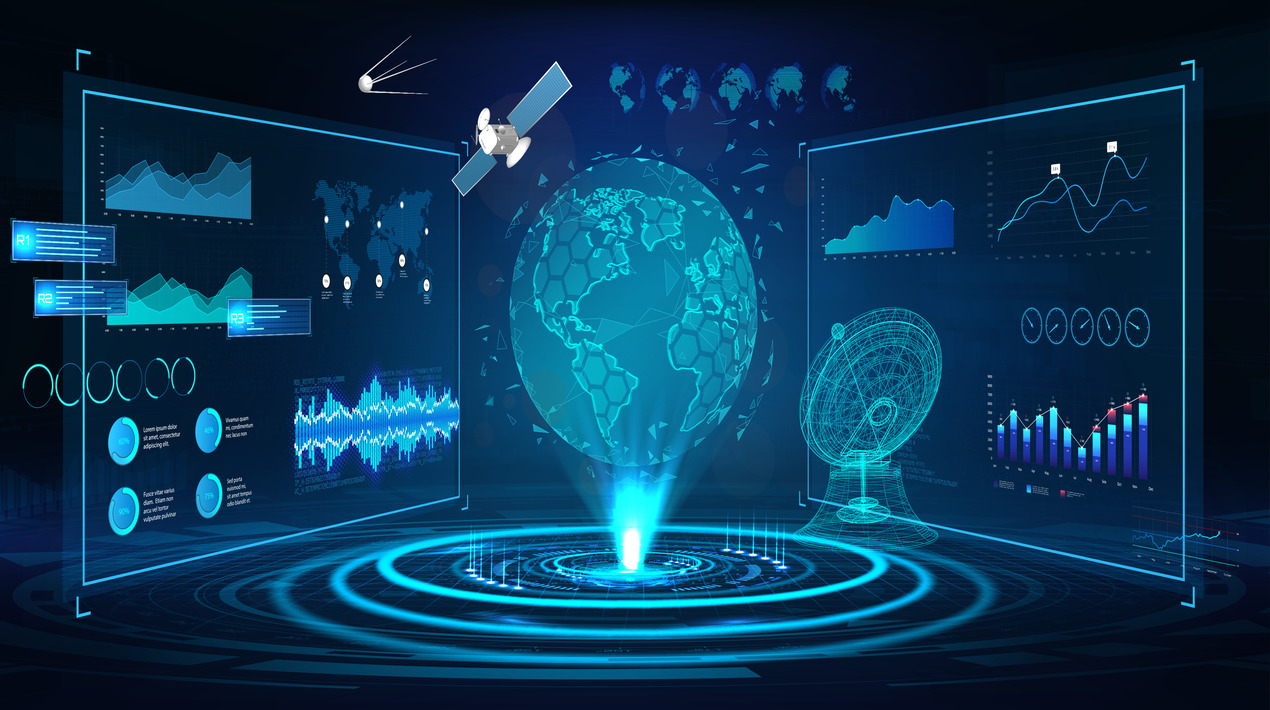
A Mechanical Engineering student from the University of Sydney was able to program a robot that can produce a traditional Chinese ink painting, a style known as guóhuà.
Powered by his passion for fine arts and robotics, the student programmed the robot to paint small chickens, using two paintbrushes, a pot of ink and art paper.
According to a recent report, it was during his university days, while he was experimenting with a robotic arm in class that the student thought of combining his two passions.
Drawing and painting with ink since childhood, the student achieved the framework of a painting process, which uses a program that allows the arm to paint in a similar way to that of a human.
Instead of using image processing to determine the image’s trajectory, a mathematical and geometrical relation is used.
The purpose of doing this is to imitate the human thought process, such as getting the robot to focus more on how the painting starts instead of how it finishes.
In essence, the robot must contemplate the canvas and effectively ‘work out’ the drawing on its own.
The program he created is flexible, thereby allowing continuous development. The end goal of the program is to be able to create a piece of art instead of simply copying existing works.
An application called Python was used to program the UR5 Universal Robotics arm. It is an easily-integrated, open-source language used across a variety of applications.
The code must be as flexible as possible for two major reasons.
One is that there are too many parameters to be controlled, and some of these are not controlled for this project.
Another reason is that these parameters should be adjusted by the computer to achieve a certain sense of creativity.
Mr Paul Briozzo, from the School of Aerospace, Mechanical and Mechatronic Engineering, is supervising the work.
Robots, according to him, are an important step in marrying two often opposing disciplines.
Programming a robot to paint is an exciting initial example of the fusion between two traditionally opposing fields, engineering and fine arts.
At this point in time, the robot is moving to a set of commands from a predefined, compiled database of motion that considers factors traditionally of importance to a painter.
These are brush size, ink, water and paper.
However, robots could one day be programmed to think for themselves, using figurative styles and an understanding of form to create entirely new works.
Future efforts could see AI-capable computers developing their own creative images.
These can then be post-processed into commands that robots convert into the traditional medium of artistic image representation, which is painting.
Having studied Chinese painting since he was five, the Mechanical Engineering student explained that art has been his passion for a long time.
However, he also believes that robotics is an important fiend because it can help people to complete tasks previously unachievable.
















